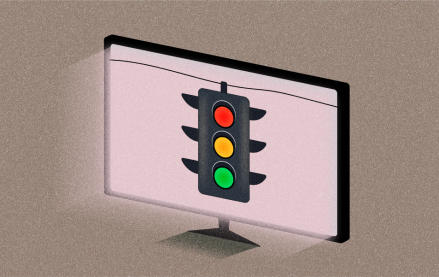Twitter has chosen the circuitous route when it comes to building an ad business. The question is whether it’s been too slow.
The effort is indicative of the baby steps Twitter is taking to get to an ad model. There is no AdWords equivalent for a stream of short updates. The thinking is that users will rebel if Twitter innundates them with ads. Twitter seems almost embarrassed by having to use ads at all, almost cheekily noting in its post announcing Timely Tweets that it was a feature users asked for.
Twitter’s slow-walk into the advertising business is applauded by many in Silicon Valley as a textbook example of how a tech service has to put its user experience above a business model. Indeed, Twitter’s valuation keeps growing exponentially, even as its ad business remains extremely immature. The last thing Twitter or any hot service wants to do is “pull a MySpace” and litter the place with cheesy ads.
“It sounds like they were waiting for their users to get comfortable with this, but I keep wondering what is the real reason Twitter is taking so long,” he said. “You don’t need a year or longer to get people used to having some kind of advertising.”
The problem with Timely Tweets, according to Berkowitz, is it’s preaching to the choir. Twitter is adamant that it will build ad products that mimic how the service is used. That’s why it’s trying desperately to do ads that aren’t really ads. They’re actually just normal updates that brands make. This is, of course, a bit of a dodge. Take Promoted Trends, probably Twitter’s most successful ad foray. The notion is these are already existing trends that are taking place. That’s not really true. Brands are creating these most times out of thin air.
And that’s fine. It’s advertising, after all. Advertising will remain, even in social media, to some degree an interruption. Many Silicon Valley companies turn their noses up at the ad business altogether. There’s talk that even within Twitter there are factions who see a much larger mission. After all, President Obama credited tweets, in part, for helping to resolve the debt-ceiling impasse. Catering to media buyers seems like small beer compared to that.
“They want to show that they can do incremental things that result in exponential increases,” he said.
More in Media

What publishers are wishing for this holiday season: End AI scraping and determine AI-powered audience value
Publishers want a fair, structured, regulated AI environment and they also want to define what the next decade of audience metrics looks like.

Media giant Essence launches a marketplace for Black women-led brands
Essence has launched WeLoveUs.shop, a new online marketplace dedicated to Black women-led brands.

In Graphic Detail: The state of AI referral traffic in 2025
The stats reveal a new audience pipeline forming outside of traditional search and social platforms.





